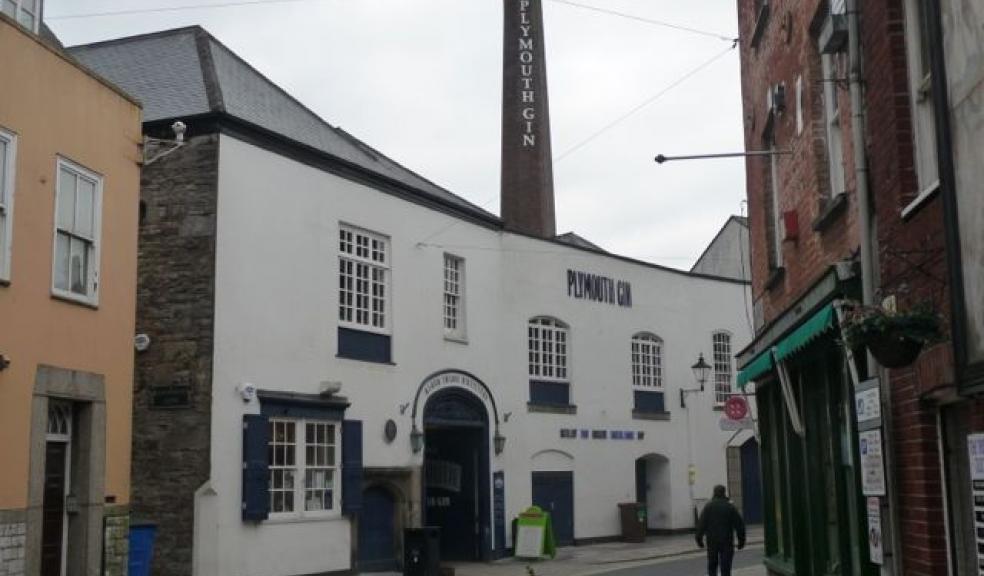
Plymouth's quarter for delights both ancient and modern
An achingly cold, grey day in February may not seem the optimum time to appreciate Plymouth's old town coastal treasures but sometimes a lonely out of season weekday wander can prove rather inspiring.
Once through the sprawl of Plymouth's ever-buzzing city centre shopping district, the cultural hub and historic quarter is but a pedestrian crossing away. On this working Monday, it provided a peaceful setting to meander, take a few photos and discover an area I was rather guiltily ignorant of.
With a rich variety of pubs, cafés and restaurants to provide rest and sustenance, the harbour-lined stretch of coast that plays host to the glorious Barbican and Hoe offers not just a lungful of bracing sea air and spectacular views across Plymouth Sound, but a real sense of the changing history of this important city.
The 17th century Royal Citadel is an impressive monument to past glories and once Britain's frontline fortress against invaders and is, remarkably, still home to 29 Commando Royal Artillery. The ghosts of Drake, Raleigh and Cook are here. The Mayflower Steps and Pilgrims Point are a soulful reminder of that extraordinary ship and its pioneering Atlantic journey and of Plymouth's critical place in world history. Today's boats may be somewhat less celebrated and more functionally mod-conned but their presence, a battalion of white moored vessels around the harbour, remains a handsome sight.
Following the coastal path past the stunning natural harbour and the Art Deco Tinside Lido which beckoned for a return summer's afternoon visit with the kids, I reached Smeaton's Tower in Hoe Park. From here you can gaze across the sea and at its northside across the rooftops of the city - a symbolic vantage point toward both untamed sea and civilised land.
Modern developments and vital visitor attractions such as the marinas, the Mayflower Centre and National Marine Aquarium nestle among older relations and predecessors. The wonderful Plymouth Gin Distillery where the world's finest brand of that juniper-scented elixir is created (and can be experienced courtesy of several daily tours), is an intoxicating presence here. The Tudor and Elizabethan Houses gloriously preserve the past and the intriguing tributary lanes that jut off Southside Street echo with the footsteps of Plymouth's heroic maritime figures. A day or more could be spent here soaking up this intense history whilst embracing the irresistible offerings of its present - hunting out a bargain within Parade Antiques' cornucopia of delights perhaps, poking around the curious independent shops and sampling the abundant local seafood accompanied by a pint or two of local ale or a more soberly refreshing cup of tea or coffee to wash down some sweet delicacy.
Dotted with art galleries and studios including the Blue Peace Gallery where you can see the work created in front of you, a variety of gift shops and foodie stores (Chocaccino is a mouth-watering prospect); the Barbican district is perfect for a holiday sojourn, a weekend day trip or as I discovered, an enthralling weekday escape from the computer screen. But then Plymouth folk know this already. Well, we all need a little reminder from time to time of what sits on our doorstep and of our city's centuries of achievement.


















